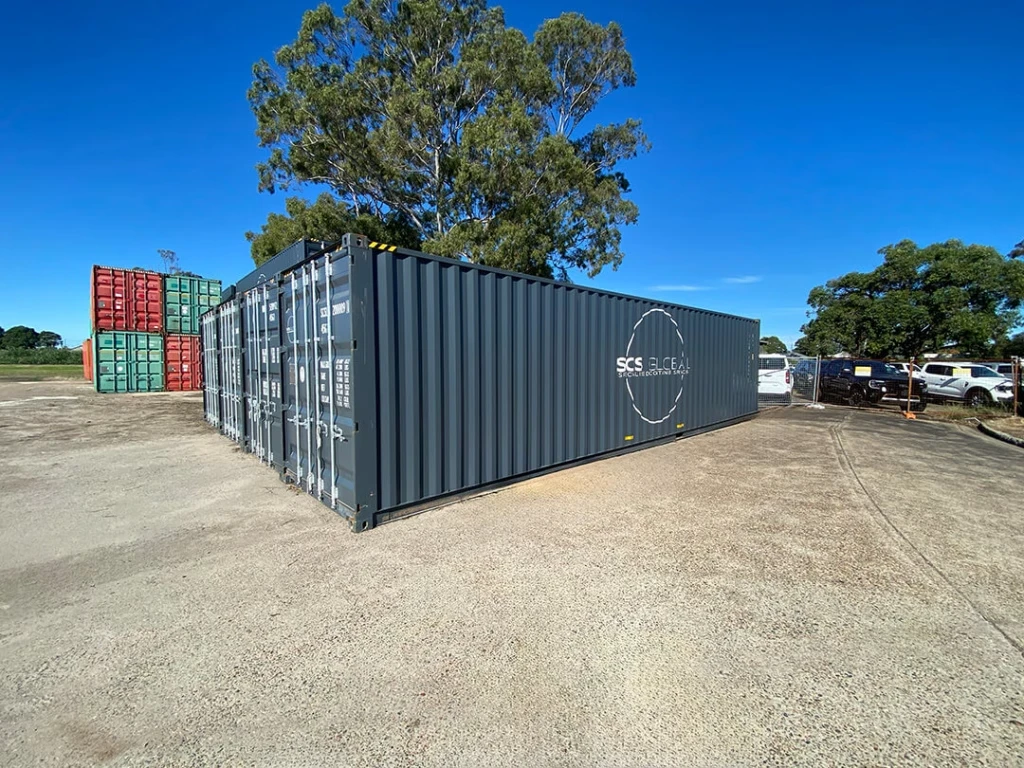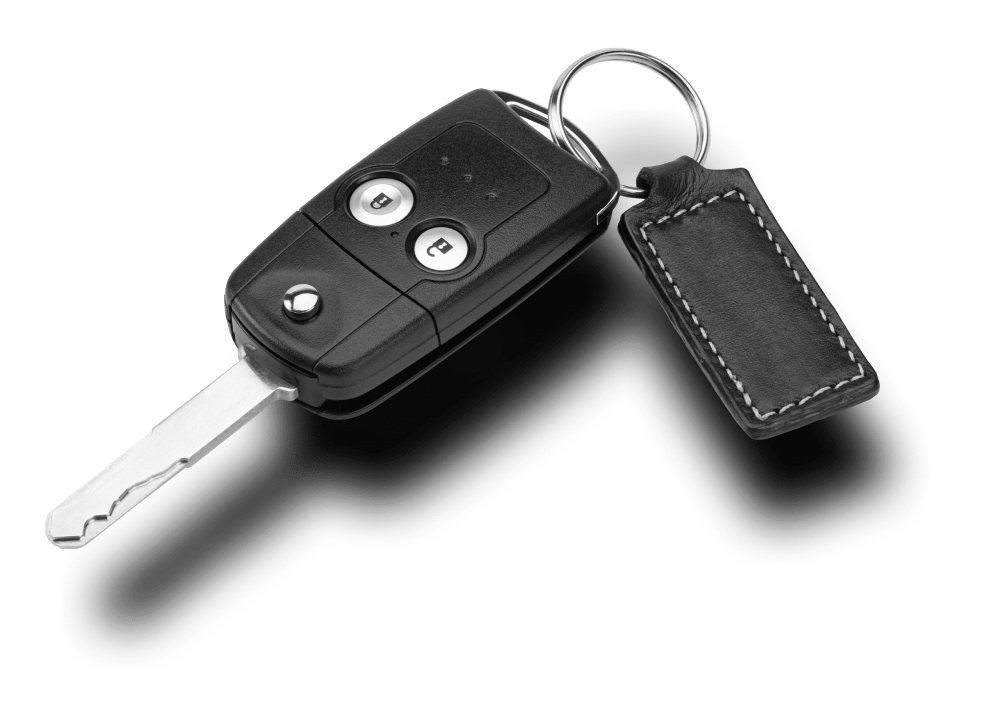
Key Highlights
- Containerisation revolutionised global logistics through consistency and efficiency.
- Modern auto transport is applying the same principles using data and automation.
- Technology bridges freight logistics and vehicle shipping through shared systems.
- Standardisation improves reliability, speed, and customer experience.
- Auto transport’s future lies in smart integration and transparent communication.
If you work in transport or logistics, you already know how much efficiency depends on precision. Every route, every delay, every data point matters. For decades, container shipping has set the global standard for how goods move — seamless, trackable, and consistent from port to port. What’s interesting now is how those same lessons are starting to influence vehicle transport.
Auto shipping may look different on the surface, but it faces the same challenges container freight solved long ago: speed, safety, transparency, and cost control. As the industry shifts toward more digital and automated systems, many of the smartest improvements in car transport are being shaped by ideas first proven on the docks.
This is where the next phase of innovation lies. Understanding what container shipping got right — and how its principles translate to modern auto logistics — helps explain where companies like ShipAA are steering the industry next.
What Container Shipping Taught the World About Logistics
Container shipping changed global trade more than any other single transport innovation. Before it, goods were loaded manually onto ships, trains, and trucks — a slow, inconsistent process that varied from port to port. When standardised containers were introduced, everything shifted. Suddenly, freight could move between carriers without repacking, schedules became predictable, and supply chains turned into finely tuned systems built on uniformity.
The real breakthrough wasn’t just the container itself but what it represented: a commitment to efficiency and structure. Every stage of the process — from handling to storage to customs — could now be measured and improved. That mindset turned logistics into a science.
Today’s transport industries still follow the blueprint that container shipping created: clear standards, shared technology, and a focus on speed through coordination. It’s a model that has kept global trade running smoothly for more than half a century and continues to inspire how other forms of transport, including auto shipping, approach reliability and transparency.
The Parallels Between Container Freight and Vehicle Transport
At first glance, moving cars and moving freight might seem like entirely different challenges. But the principles that keep the container industry efficient — standardisation, scheduling, and visibility — are exactly the same ones driving innovation in auto transport today.
Both rely on predictability. Every container that leaves a port follows a strict chain of custody, tracked from loading to delivery. Vehicle transport works in much the same way. Once a car is booked for shipment, it enters a digital system that manages timing, location, and safety. The smoother that handoff process is, the faster and more reliable the delivery becomes.
Just like a shipping container moves seamlessly across ships, trains, and trucks, modern vehicle logistics depend on systems that allow cars to be tracked and transferred without losing data or time. The aim is consistency — every vehicle arriving exactly when and where it’s meant to, without unnecessary stops or surprises.
That overlap is no coincidence. Auto transport has taken cues from container freight’s global efficiency model, applying it on a smaller but more customer-focused scale. The result is a service that feels more transparent and predictable for both individual customers and fleet operators.
Technology Is the Common Link
The biggest thread connecting container freight and modern auto shipping is technology. Both industries have moved beyond paper tracking and manual coordination to fully digital systems that run on data and automation. Where container logistics relies on global positioning and real-time inventory management, auto transport is now following suit with GPS integration, smart routing, and automated communication tools.
For customers, that technology shift is transformative. In the past, vehicle transport often felt like a black box — you handed over your car and waited for updates that might or might not come on time. Now, platforms like ShipAA are taking a more transparent approach, using GPS tracking and digital scheduling to provide live updates at every stage of the journey. It’s the same logic that revolutionised freight shipping: visibility builds trust.
Automation also plays a major role in efficiency. Scheduling algorithms optimise routes based on geography, load balance, and timing. Digital systems minimise errors and delays by removing manual steps, and data-driven insights help companies refine their operations over time. Each improvement adds up to a process that’s faster, smoother, and more predictable — exactly what the global shipping industry learned decades ago.
As container logistics became the model for consistency, auto transport is becoming the model for personalised precision. The difference lies in scale, but the core idea remains the same: when technology drives coordination, performance improves for everyone involved.
Standardisation and Efficiency in Auto Shipping
If container shipping taught the world one major lesson, it’s that standardisation drives efficiency. When every container fits the same specifications, ports, cranes, and ships can operate seamlessly without adjustment or downtime. Auto transport is now adopting a similar mindset, focusing on consistent systems that streamline every stage of the journey.
Within the vehicle shipping industry, standardisation shows up in multiple ways — from the way vehicles are loaded and secured to how routes are planned and tracked. Carriers are using defined procedures for inspections, handling, and delivery confirmation to reduce variation and risk. This approach mirrors the disciplined efficiency that has made container shipping the backbone of global logistics.
At ShipAA, efficiency doesn’t come from scale alone; it comes from designing systems that minimise friction. By integrating scheduling, vehicle tracking, and customer communication into one digital platform, each transport becomes part of a predictable process. That’s what makes automation effective — it replaces uncertainty with structure.
In practice, that means vehicles move through the network faster, customers spend less time chasing updates, and scheduling becomes easier for drivers. These may sound like small operational wins, but in transport, small efficiencies repeated thousands of times a year make a measurable difference in cost, reliability, and customer experience.
Lessons Auto Transport Can Still Learn
Even with the progress made in technology and process design, auto transport still has room to grow — and many of its next steps can be traced directly back to the container shipping model. The freight industry’s success wasn’t just about moving goods more efficiently; it was about building a system that could adapt, scale, and sustain over time.
One of the biggest areas for improvement lies in integration. While many carriers now use digital tools for scheduling and tracking, these systems often operate in isolation. The next phase will be about connecting platforms across providers, creating seamless data flow between dispatchers, drivers, and customers. Container logistics achieved this long ago with shared standards and data protocols that allowed different companies to work together without friction.
Sustainability is another frontier. Global freight has already begun addressing carbon reduction through alternative fuels, electric handling equipment, and smarter routing. Auto transport can follow the same path — cutting emissions through better load planning, shorter idle times, and energy-efficient vehicles.
Finally, transparency still matters. The container industry proved that visibility doesn’t just help customers; it helps carriers refine their performance and reduce waste. As car shipping continues to modernise, the companies that adopt full transparency — sharing real-time updates, digital records, and delivery insights — will set a new benchmark for reliability.
The key takeaway is simple: container shipping became the foundation of global trade by focusing on long-term efficiency. Auto transport is now building on that legacy, using data and automation to redefine what fast, reliable service looks like.
Conclusion
Container shipping didn’t just change how goods moved; it changed how the world thought about logistics. Its success came from structure, consistency, and a willingness to embrace new technology — lessons that continue to shape every part of the transport industry today.
Auto shipping is following that same path. What started as a manual, fragmented process is becoming streamlined and transparent, powered by digital tools and real-time tracking. The influence of container freight can be seen in every system that values precision over scale, and reliability over speed alone.
For companies like ShipAA, those lessons aren’t abstract. They’re built into the process — from how vehicles are scheduled to how customers stay informed throughout transit. It’s the same principle that turned global shipping into a coordinated network: when every detail aligns, the entire system works better.
The next phase of auto transport will continue to borrow from that playbook. Smarter automation, cleaner technology, and shared data standards will define the future of how vehicles move. The world of logistics is becoming more connected than ever — and the evolution that began with a simple steel container is still driving progress today.




